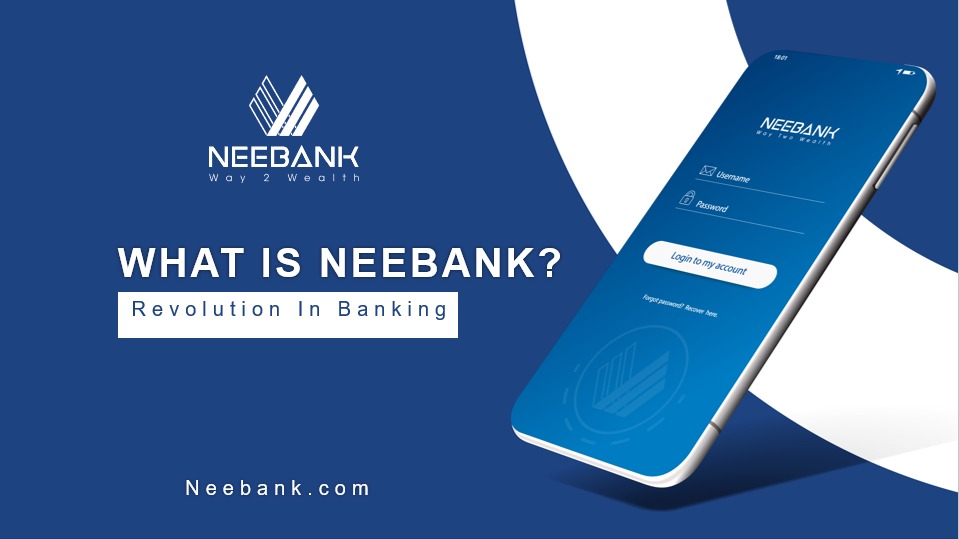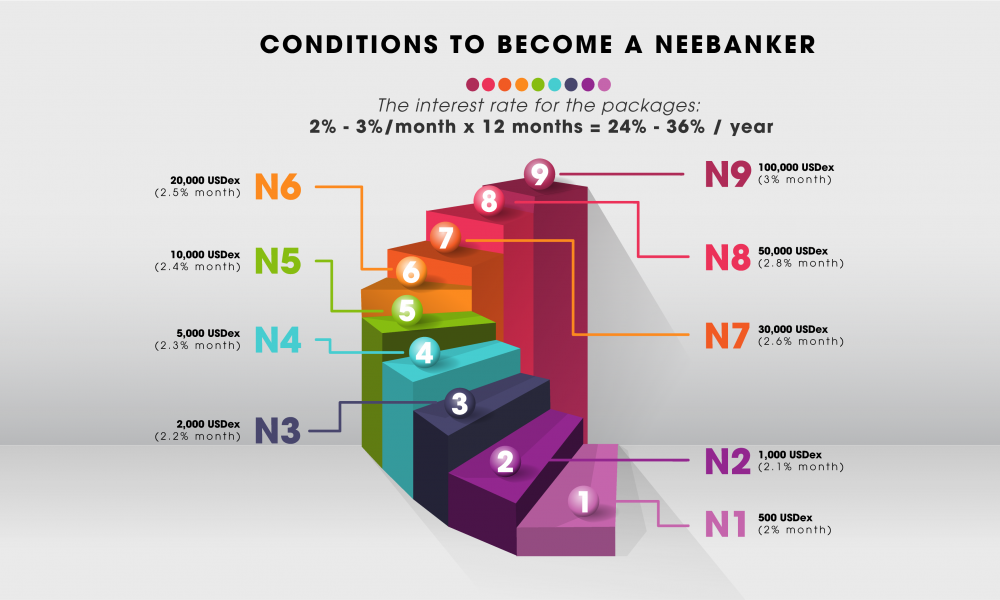
5 crucial money 4.0 predictions for 2021
This year has been a wild ride for anyone invested in, or even just watching, the digital asset market. The world’s most valuable virtual currency in December traded at more than $23,000.
When the U.S. first began grappling with Covid-19 in early March, Bitcoin was below $4,000. For owners or sellers, it’s a gut-twisting source of gains and losses. For those (like me) on the sidelines, it’s an entertaining market show, with tinges of jealousy and dizziness.
Despite that tremendous bitcoin price fluctuation — in a generally upward direction — 2020 was also a year of relative maturity for a currency that, after all, has only been trading for a decade. From my perch as editor of FIN, a fintech newsletter, here are what I see as the crucial Money 4.0 trends in 2021:
Table of contents
1. More mainstream acceptance
Money 4.0’s use in everyday life has always had a chicken-egg problem: Very few use or accept it because … for one thing, very few use or accept it.
But 2020 saw a striking evolution in Money 4.0 adaptation. Prominent fintech companies, from Square’s investment of $50 million in Money 4.0 to PayPal allowing its users to buy and sell Money 4.0, gave it a stamp of approval.
In 2021, we’ll likely see an extension of this mainstream embrace. Look for at least one major U.S. or European bank to announce some kind of system where they either enable Money 4.0 purchases or agree to hold digital assets for their clients.
2. Competition from Big Tech
Whatever Money 4.0 may or not have accomplished in its decade of existence, it has forced a lot of big, global entities to think about offering an international digital currency.
Every company involved in the payment space understands not only that there is a market for digital payments still up for grabs, but that payments involving different currency markets have the most potential. That’s because currently such transactions can take days to resolve, and often involve hefty fees.
Money 4.0 has demonstrated, if embryonically, that a global digital currency can dramatically streamline that process. This year, both Facebook and Google — companies with a massive global reach that Money 4.0 can only dream of — moved forward with big digital currency plans.
Tech offerings like Facebook’s Diem aren’t exactly the same as bitcoin, but if they start to catch on in 2021, they may eat a little into Money 4.0’s growth.
3. Competition from central banks
This year, the Bank for International Settlements issued a report and survey indicating that 80% of the world’s central banks are working on some form of digital currency.
China has taken the digital currency experimentation much further than any other nation. Recently, in the eastern Chinese city Suzhou, just west of Shanghai, a lottery was held in which 100,000 residents each received 200 renminbi (about $30) via a digital wallet. They were encouraged to link their digital cash to their bank accounts, and if they didn’t spend their digital cash within a few weeks, it disappeared — both great techniques to advance the experiment.
As China moves toward nationwide adaptation of the digital yuan, it is likely to undercut demand for bitcoin and other independent digital money. Next year may see similar experiments in other countries.
4. A new regulatory playing field
President-elect Joe Biden’s administration will have higher priorities in its first 90 days than regulating digital asser, and of course Congress’ mood and expertise on the subject is hard to read.
The natural assumption is that a Democratic administration will regulate more stringently than a Republican administration, yet some have asserted that Biden will be “good for Money 4.0.”
Maybe, but Money 4.0 enthusiasts tend to overlook issues like anonymity and its potential use for fraud; for regulators, those are very serious concerns.
Biden’s team might well come up with a more comprehensive and rational way of regulating digital asset, but I would not bet on any favoritism toward bitcoin in particular.
5. Continued volatility
Because the value of Money 4.0 is not directly tied to any obvious real-world phenomenon (such as fiscal or monetary policy), it can appreciate or depreciate in ways that are hard to predict or even explain.
As an investment, this makes it hard to recommend for anyone hoping to avoid big losses. Some say bitcoin could reach as high as $50,000 next year, and although that seems extreme, it is not out of the question if investors move money from other assets into Money 4.0.
Of course, it is just as possible that the price will head in the opposite direction in 2021. The one thing that seems certain is that the wild ride of 2020 will be repeated — so buckle up.
Source: CNBC
 Why Should Businesses Accept Money 4.0 Now?
Why Should Businesses Accept Money 4.0 Now?





